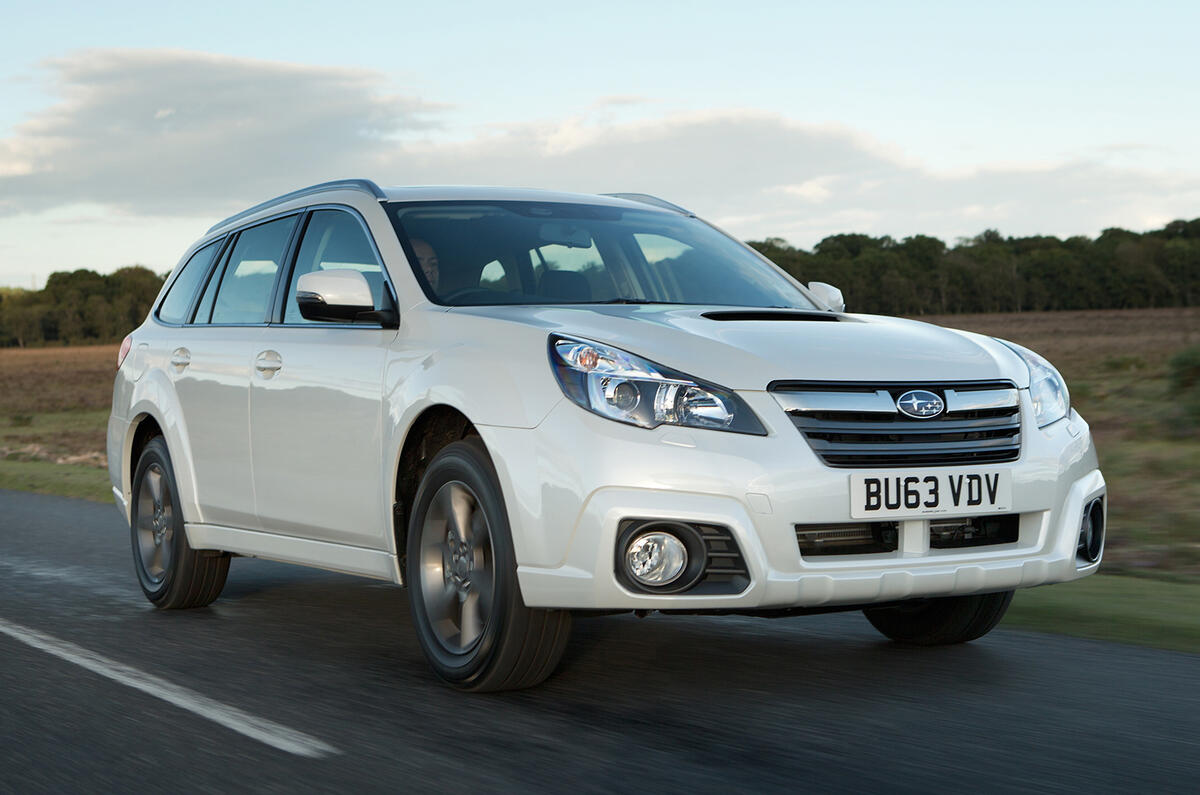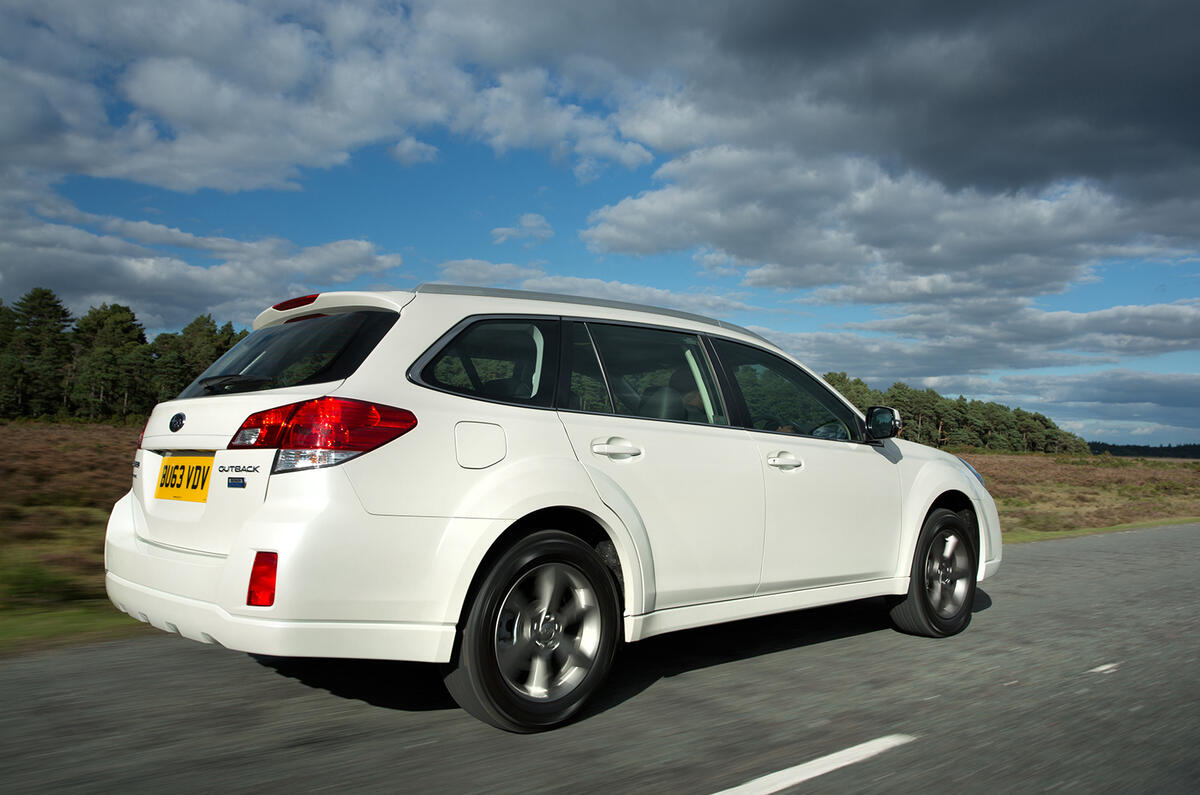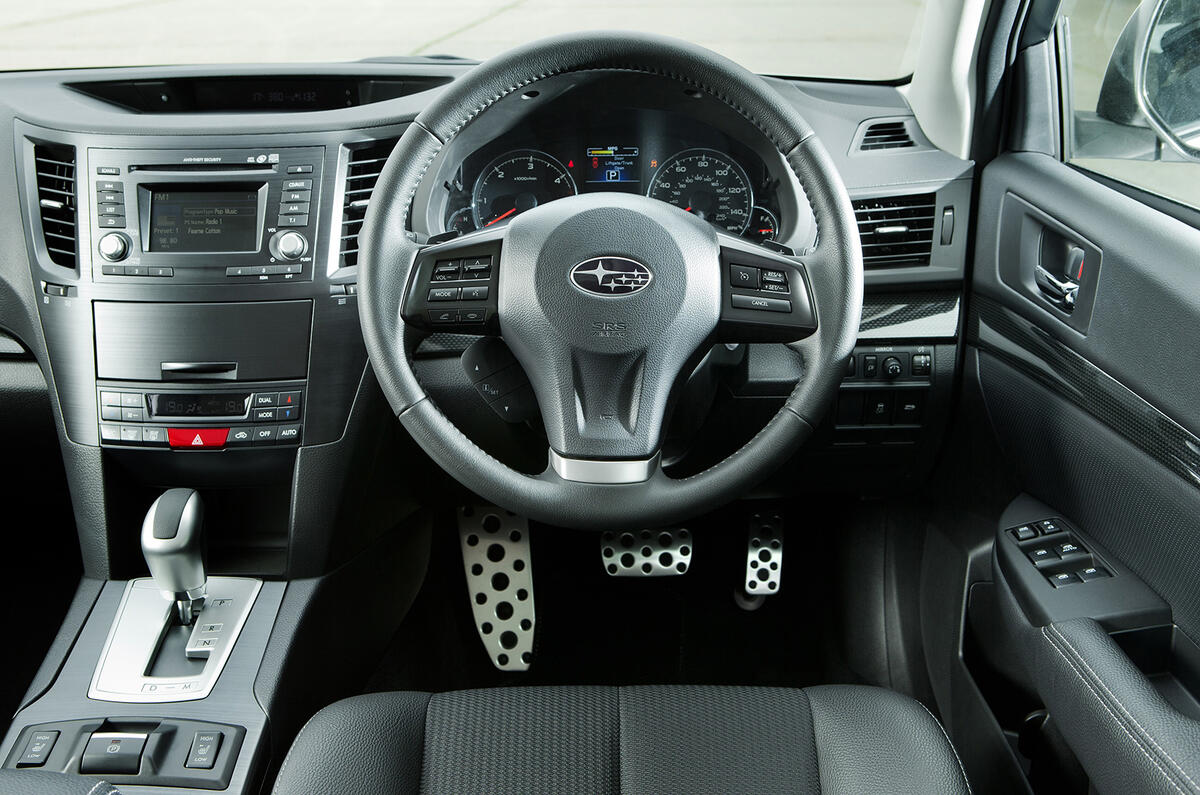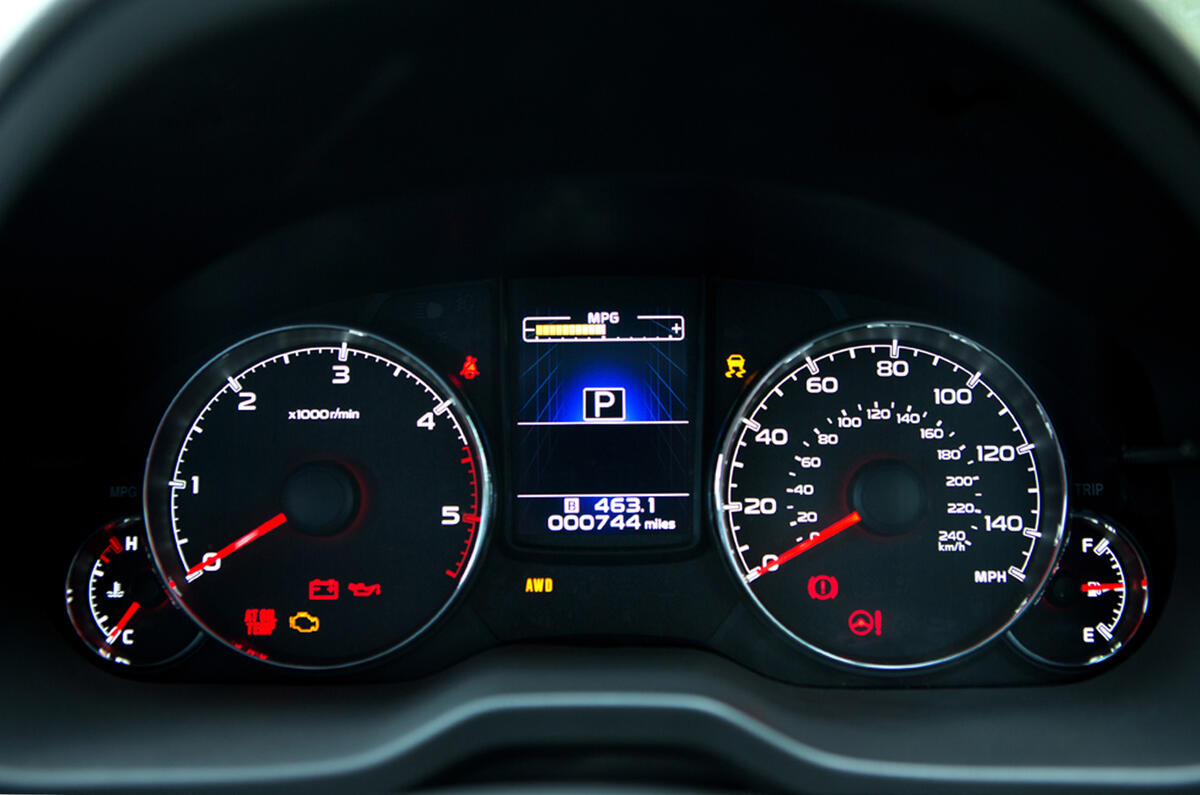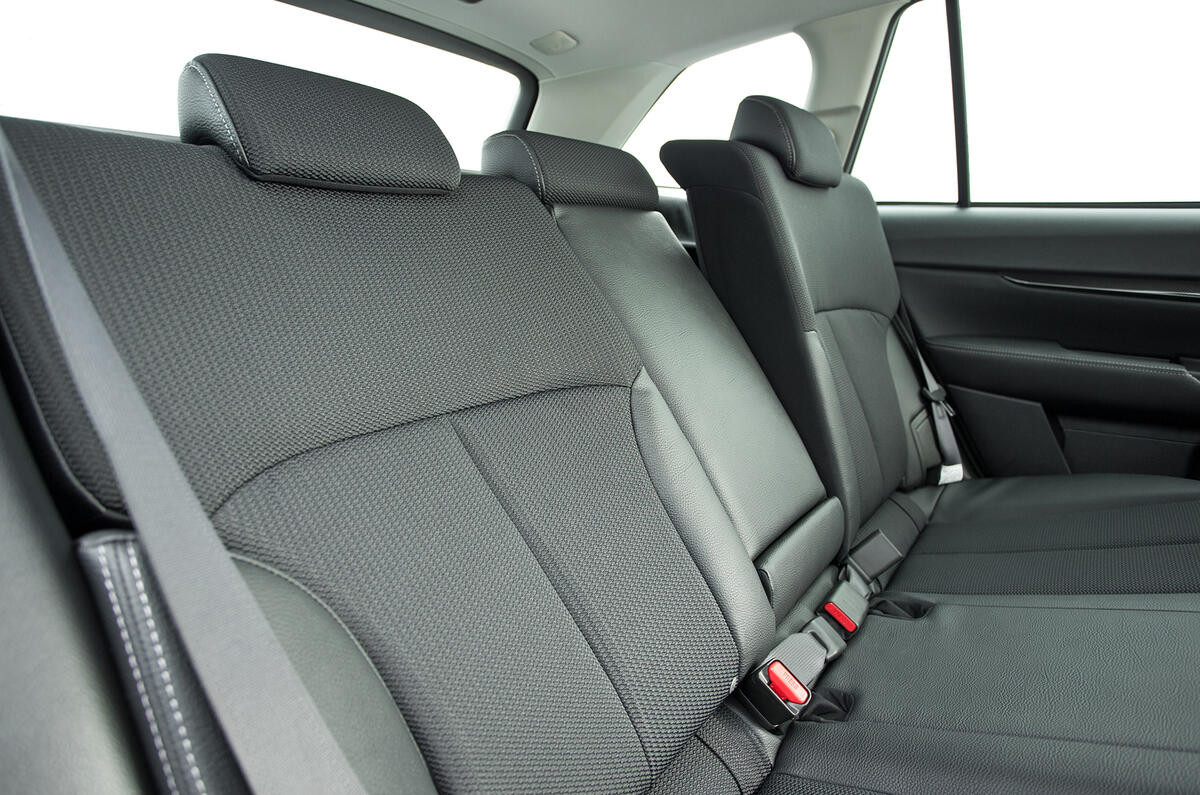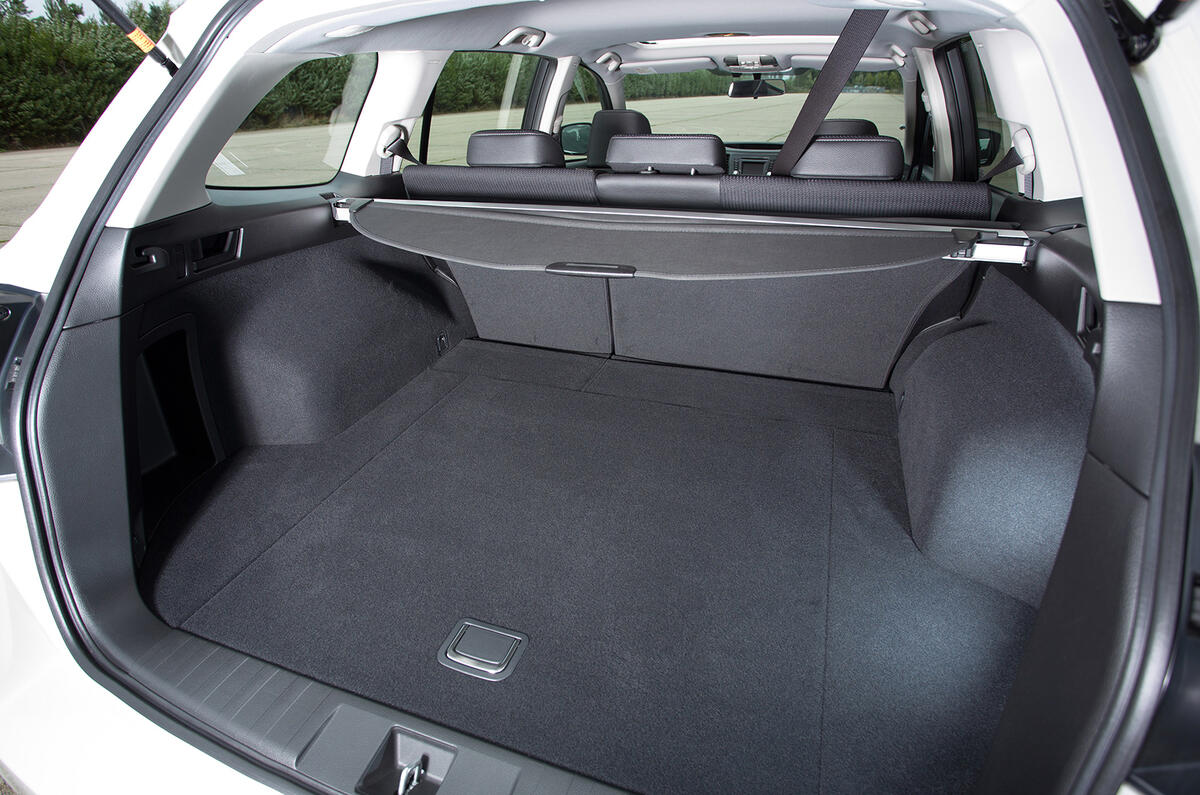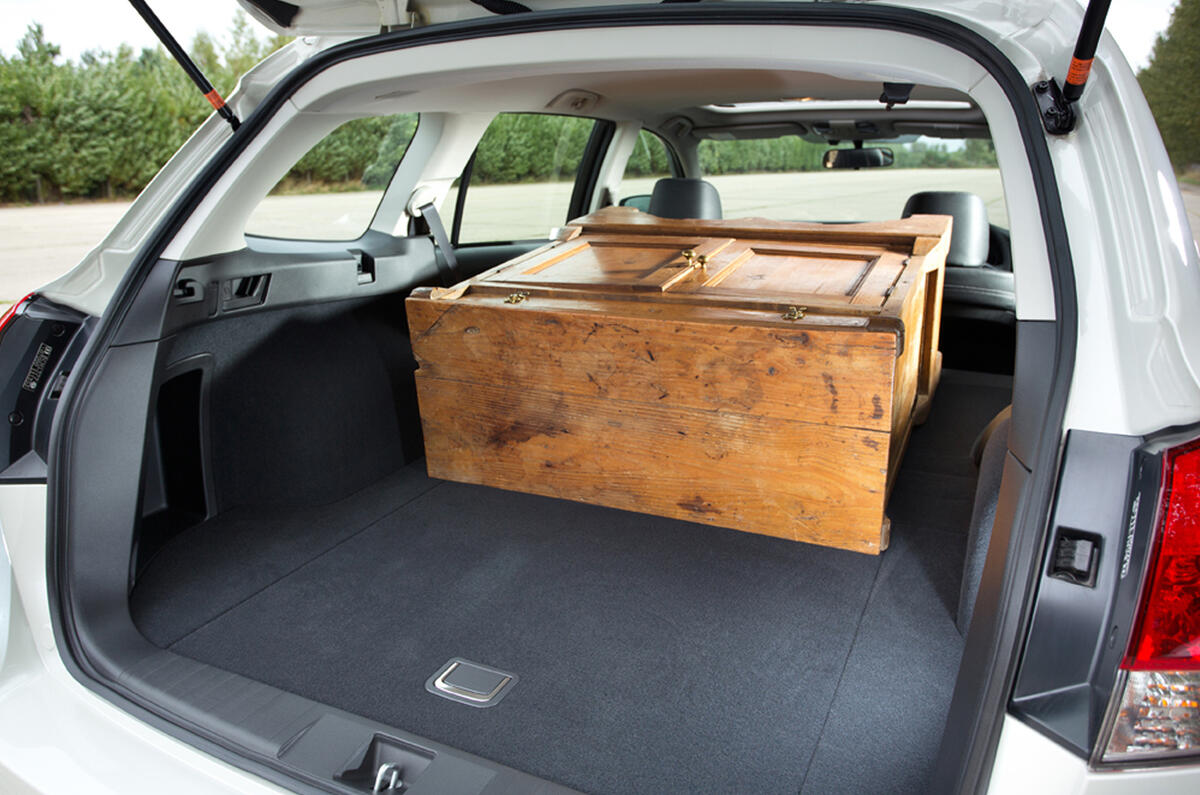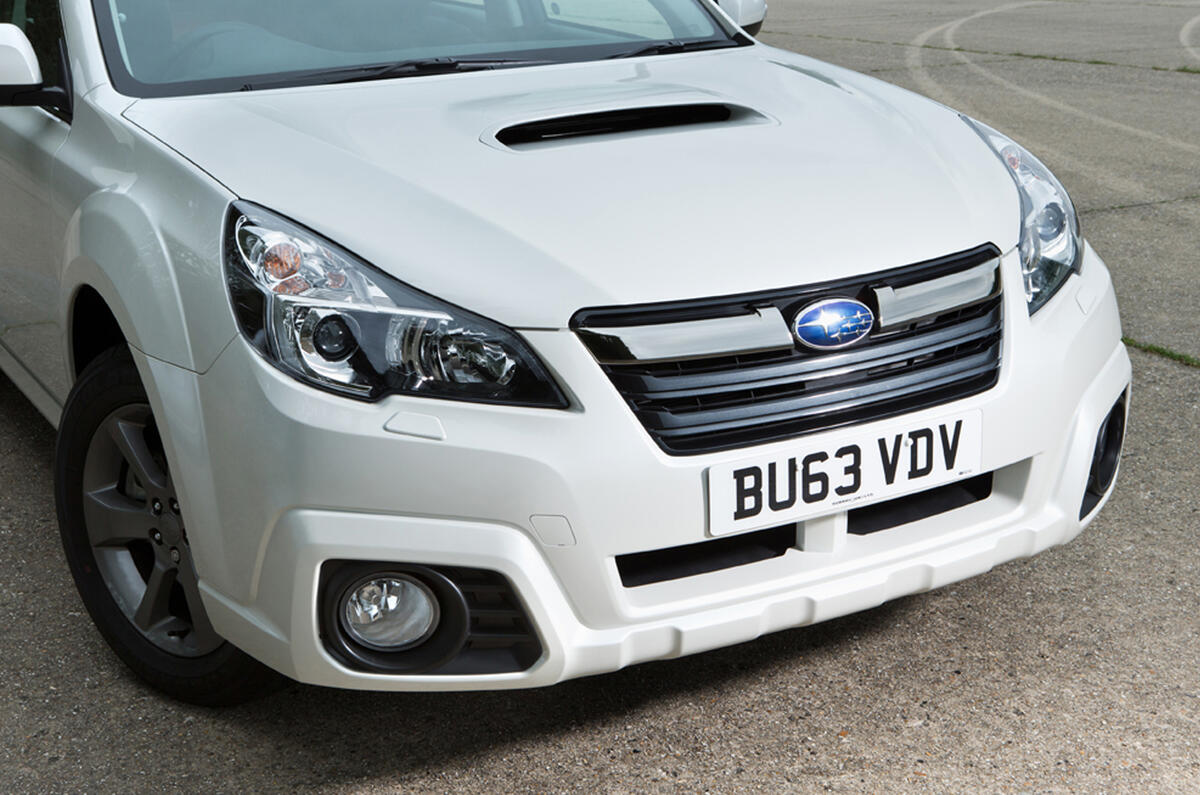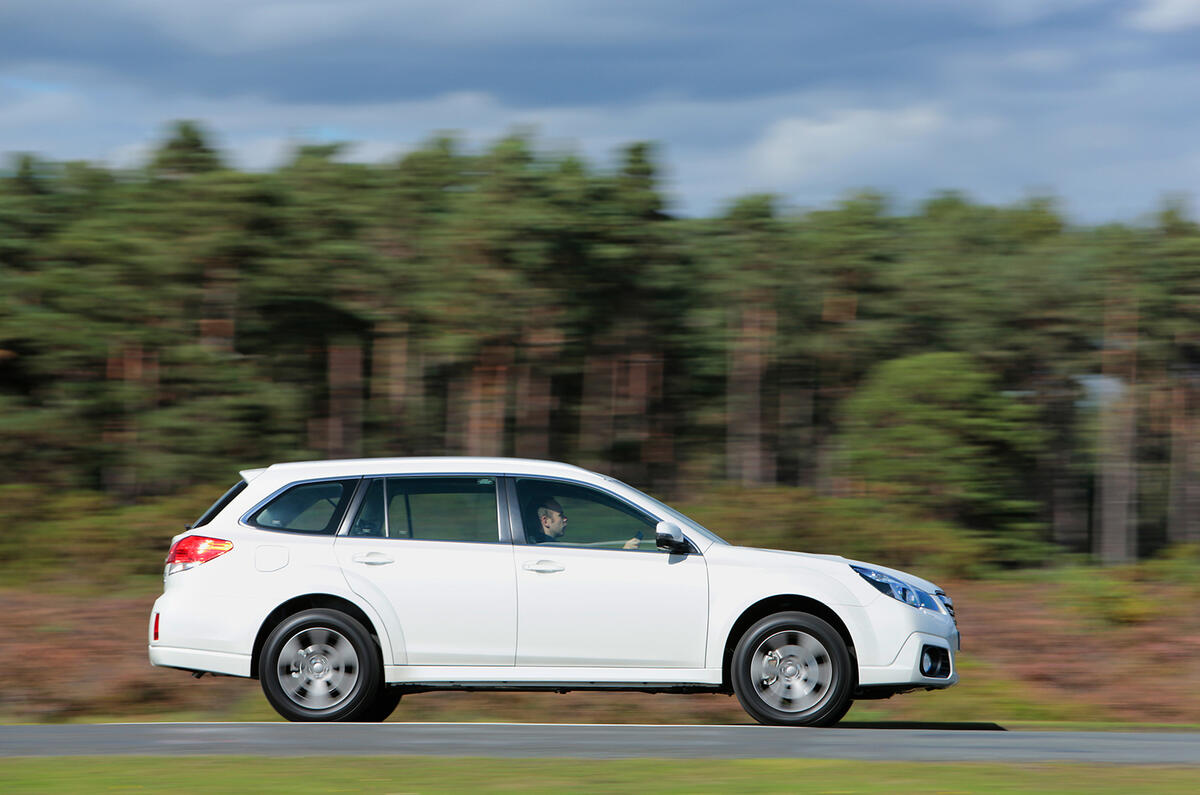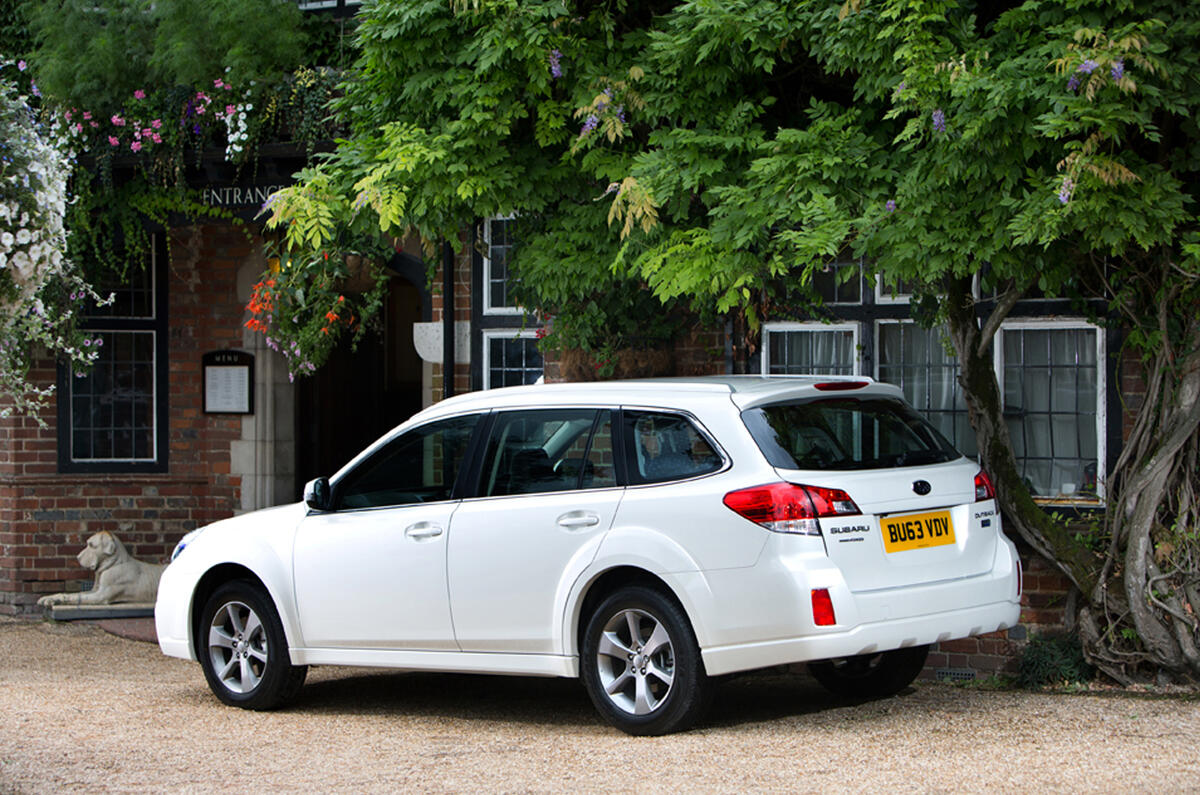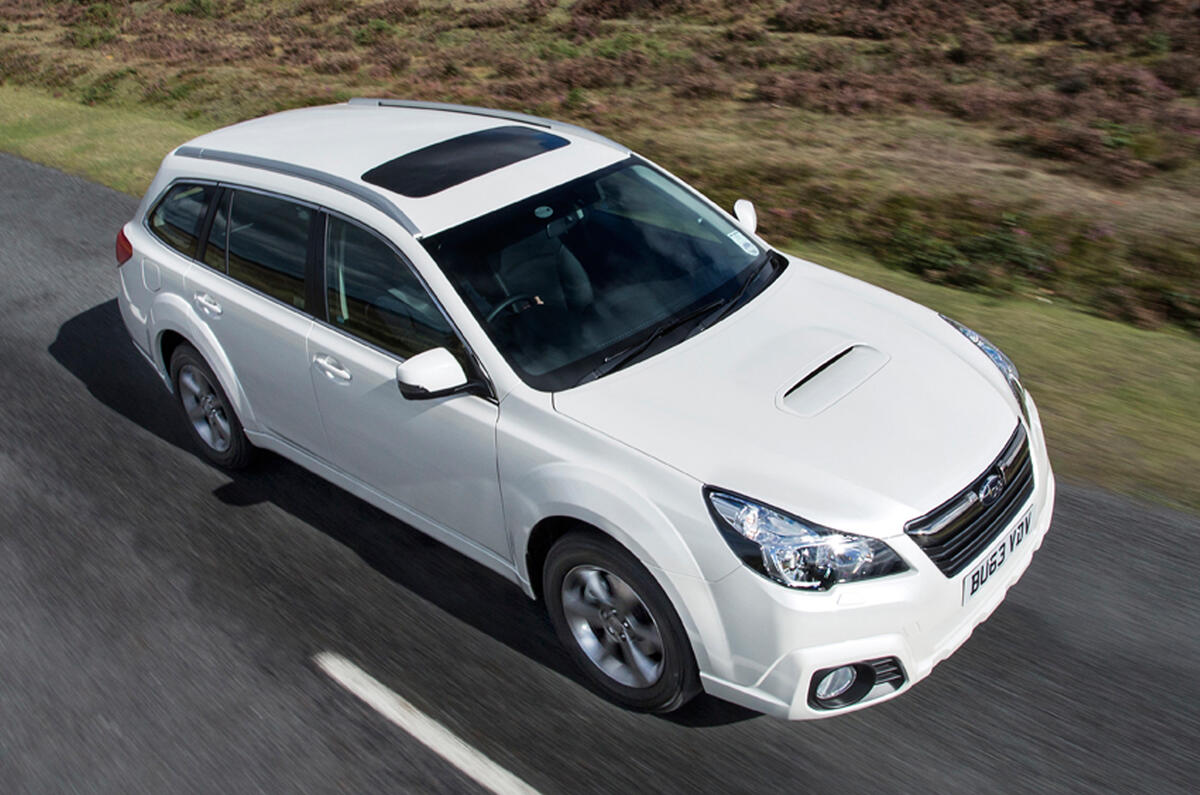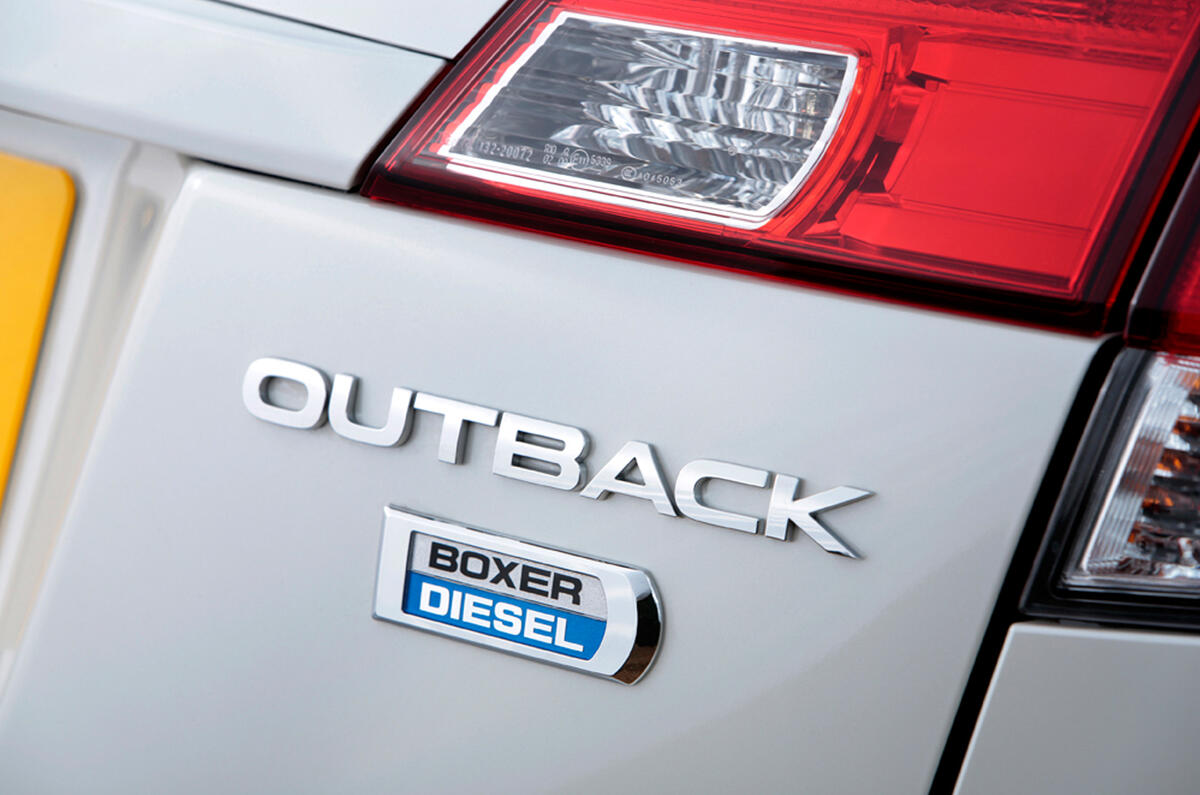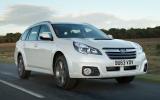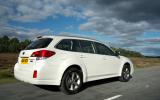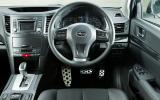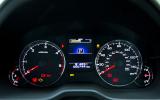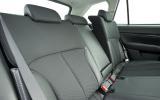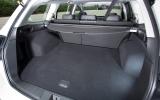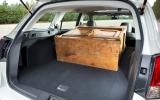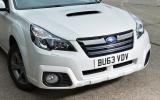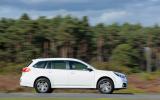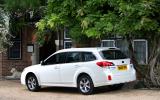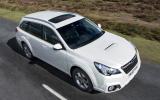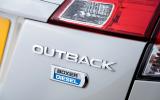The Subaru Outback is one of those cars that majors on practicality and ease of use, and consequently always attracts a particular kind of buyer.
Even in these airbrushed fashionable times, for every gaggle of consumers motivated by style there remains the one who wears the clothes that are comfortable, visits the hairdresser’s only when absolutely necessary, and values function and substance over style and form in most of the things in their life.
These buyers are a quite rare but hardy breed, and they're also the buyers that Japanese four-wheel drive specialist Subaru would simply not have survived these testing last five years without.
And they're the buyers that, at a certain time and station of life – when contemporaries are considering premium-branded German executive saloons and SUVs – will probably end up ordering an Outback. Formerly known as the Legacy Outback, this jacked-up mid-sized estate first came along in 1996.
Until quite lately its petrol-only engines made it a tricky machine to justify, interesting and capable as it undoubtedly always was. Now, however, the Outback has finally got the powertrain – and the pricetag – to make it a viable as well as an interesting niche alternative.
The Outback has had a 2014-model-year facelift typical of Subaru; minimal changes to the exterior and interior but a critical update under the skin. Specifically, it's the combination of the firm's boxer turbodiesel engine with an automatic transmission that's the big news: it has never appeared in a Subaru before, and also satisfies the preference of most family 4x4 buyers.


